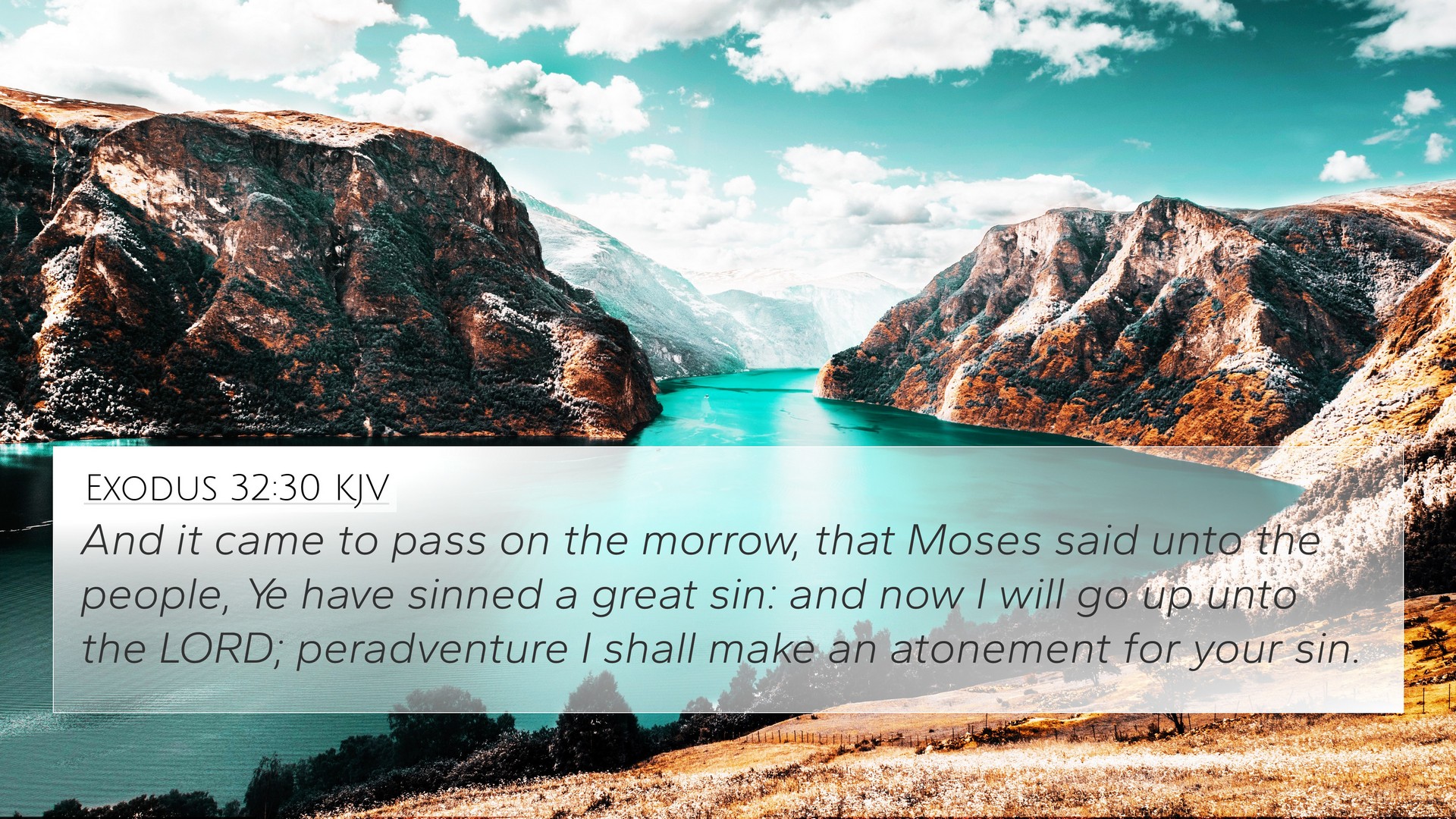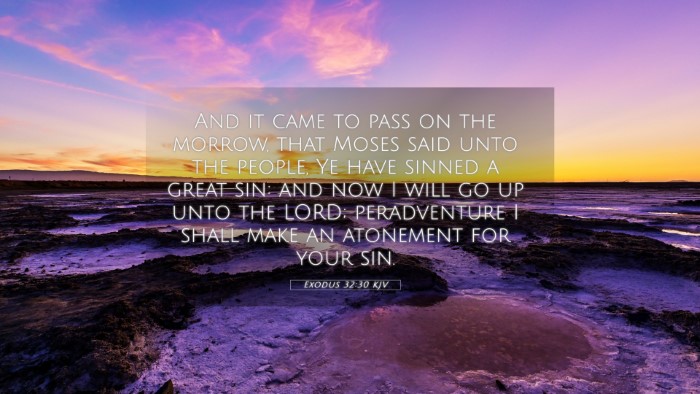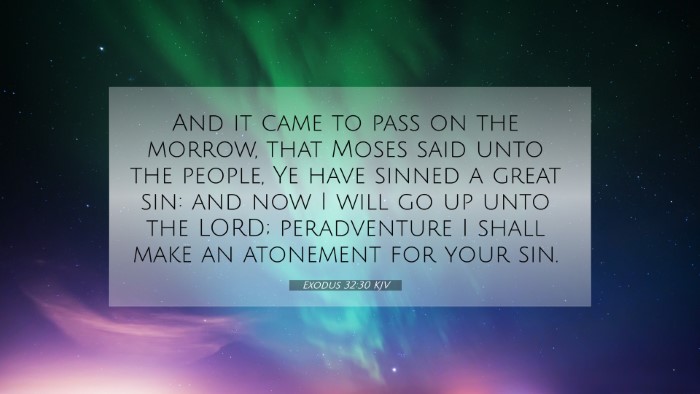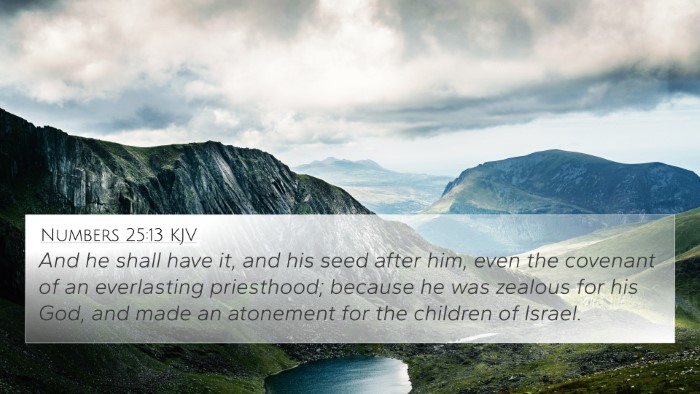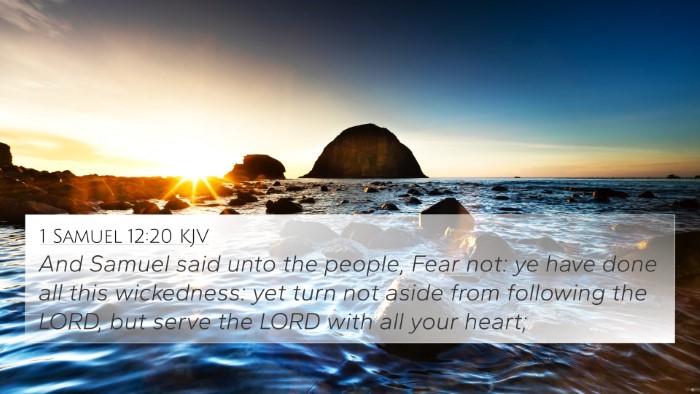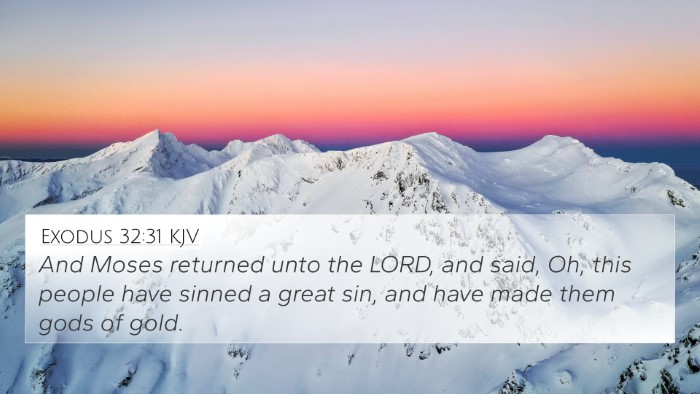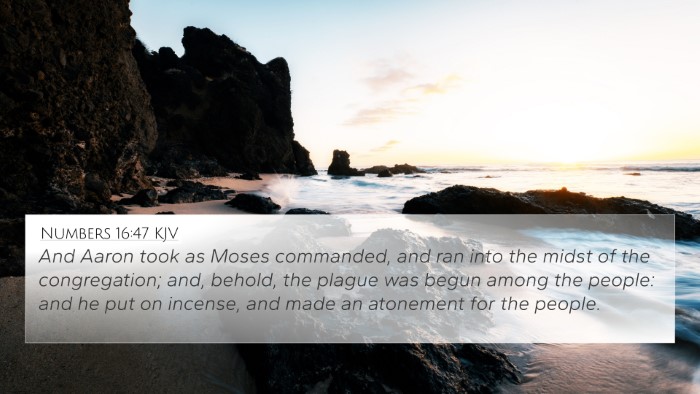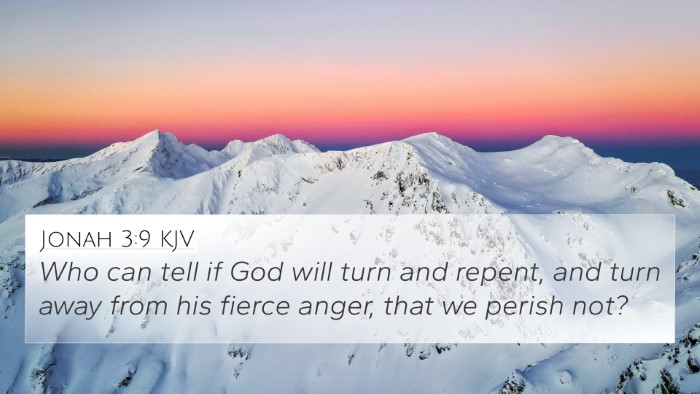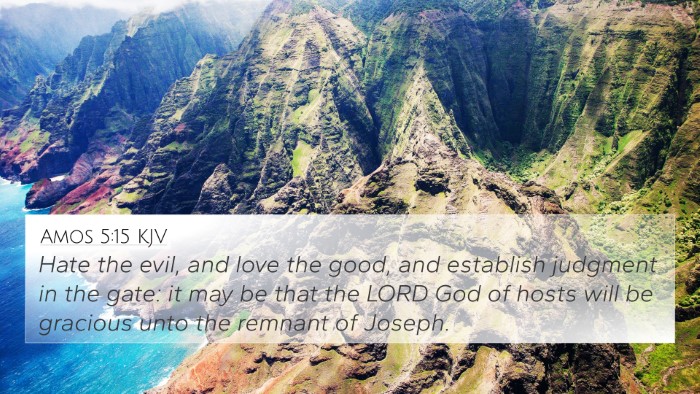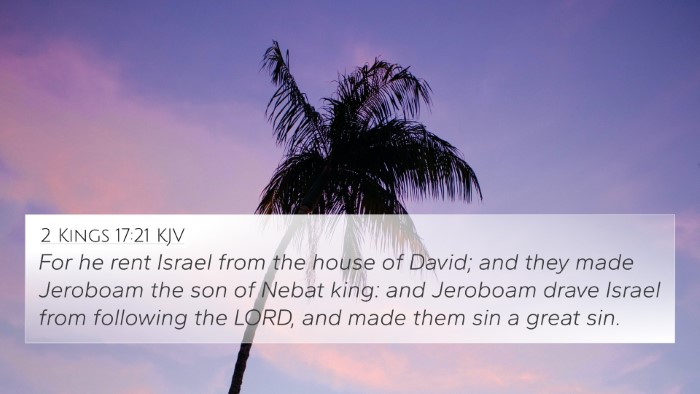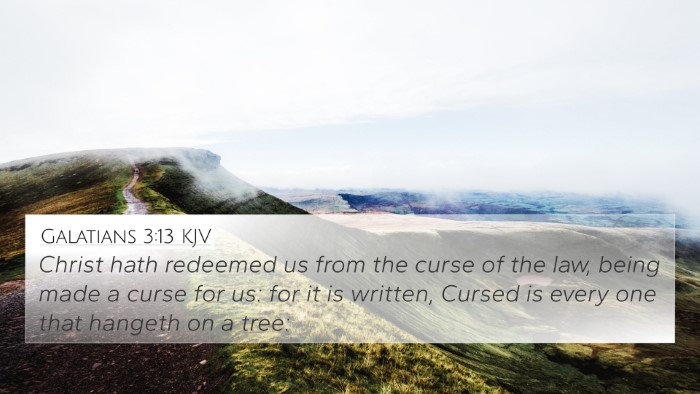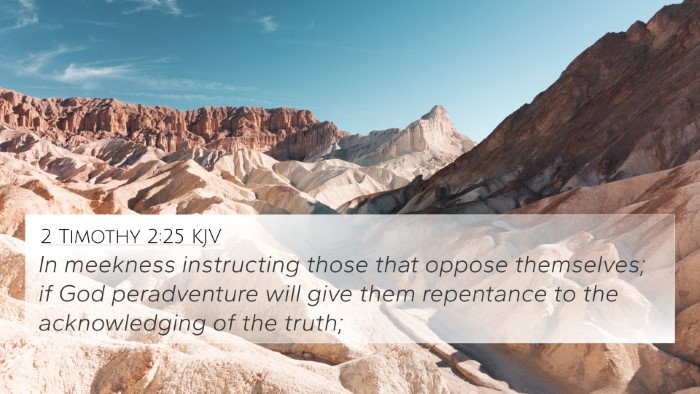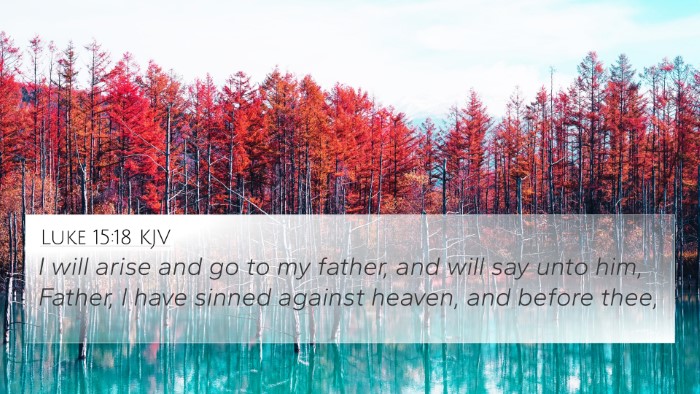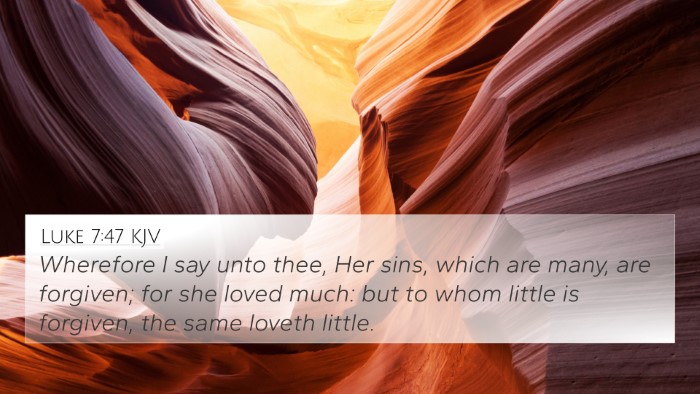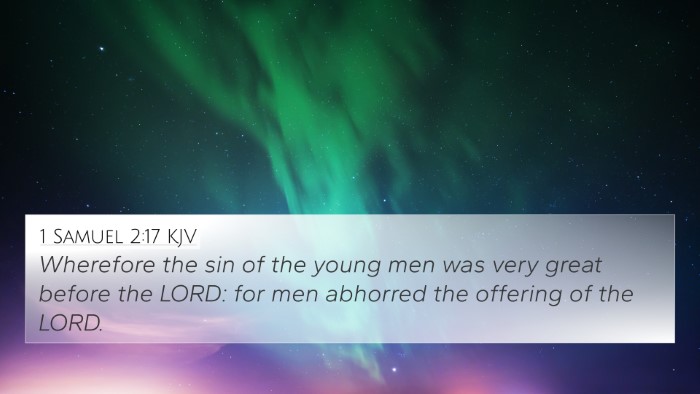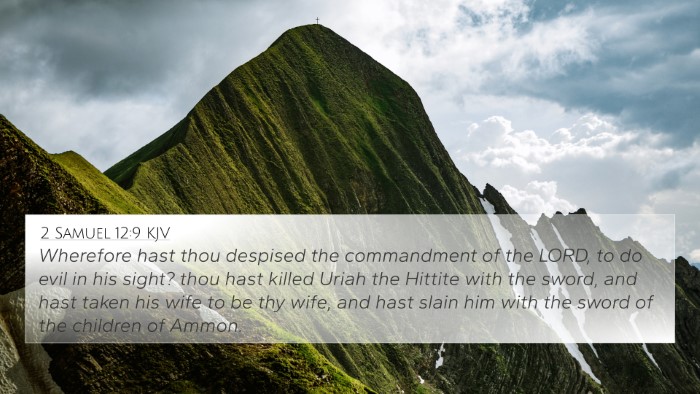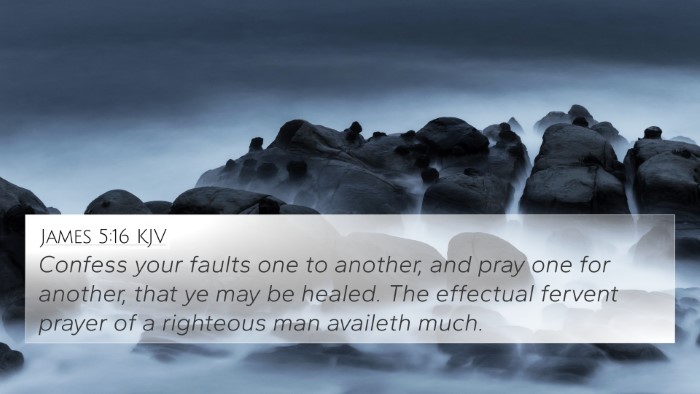Meaning and Interpretation of Exodus 32:30
Verse: “On the next day Moses said to the people, ‘You have sinned a great sin. And now I will go up to the Lord; perhaps I can make atonement for your sin.’” (Exodus 32:30)
Summary of Commentary Insights
This verse takes place after the Israelites had made a golden calf, worshipping it and turning away from God shortly after making a covenant. Moses, upon returning from Mount Sinai, responds with concern for the people and their sin. This moment reflects the complexities of intercession, atonement, and leadership.
Key Themes
- Sin and Atonement: Moses recognizes the gravity of the Israelites' sin and expresses the need for atonement.
- Intercessory Leadership: The role of Moses as an intercessor foreshadows the redemptive work of Christ.
- Divine Justice and Mercy: Highlighting God's holiness, yet showcasing His willingness to grant mercy through atonement.
Connections and Cross-References
Exodus 32:30 serves as a pivotal moment in understanding the nature of sin and the need for mediation between God and humanity. Here are some significant cross-references to consider:
- Leviticus 16:21-22: Approach to atonement through the Day of Atonement.
- Romans 8:34: Jesus Christ's role as our intercessor.
- Hebrews 7:25: Christ's eternal priesthood and intercession for believers.
- 1 John 2:1: Advocacy of Jesus Christ when we sin.
- Exodus 34:9: God’s response to Moses’ plea for mercy.
- Psalm 106:23: The theme of Moses continually interceding on behalf of the people.
- Matthew 5:23-24: Importance of reconciliation before offering sacrifices to God.
- Isaiah 53:12: Reflection on the suffering servant bearing the sin of many.
- James 5:16: The power of prayer and confession in achieving healing and atonement.
Context and Analysis
Moses' statement shows his deep concern for the people and highlights his role not just as a leader, but also as a mediator. His first acknowledgment of their 'great sin' emphasizes the severity of their actions in turning away from God, even when they've known the covenant relationship established. The call for atonement serves dual purposes: acknowledging sin and seeking restoration of the broken relationship with God.
The Patterns of Intercession
In studying Exodus 32:30 through a comparative lens, we find a pattern of intercession that reverberates throughout the Scriptures:
- The narrative connects with other biblical figures like Aaron (Exodus 32:21), who attempts to mitigate wrath.
- Foreshadowing the ultimate intercession found in the New Testament with Jesus Christ.
- Repeated calls for repentance and acknowledgment of sin illustrate consistent biblical themes.
Conclusion
Exodus 32:30 encourages believers to contemplate the nature of sin, the need for atonement, and the significance of intercessory prayer. Moses stands as a pivotal figure aligning Old Testament actions with New Testament revelations about Jesus Christ, the ultimate intercessor. This verse combined with its related scriptures enhances our understanding of the broader Biblical message about sin, redemption, and God’s enduring mercy.
Using Cross-References for Deeper Understanding
While exploring the depths of Exodus 32:30, one might utilize tools for Bible cross-referencing appropriately:
- Using a Bible concordance to identify terms and themes across Scripture.
- Employing a cross-reference guide for thematic chains.
- Adopting cross-reference Bible study methods to understand the interplay of texts.
